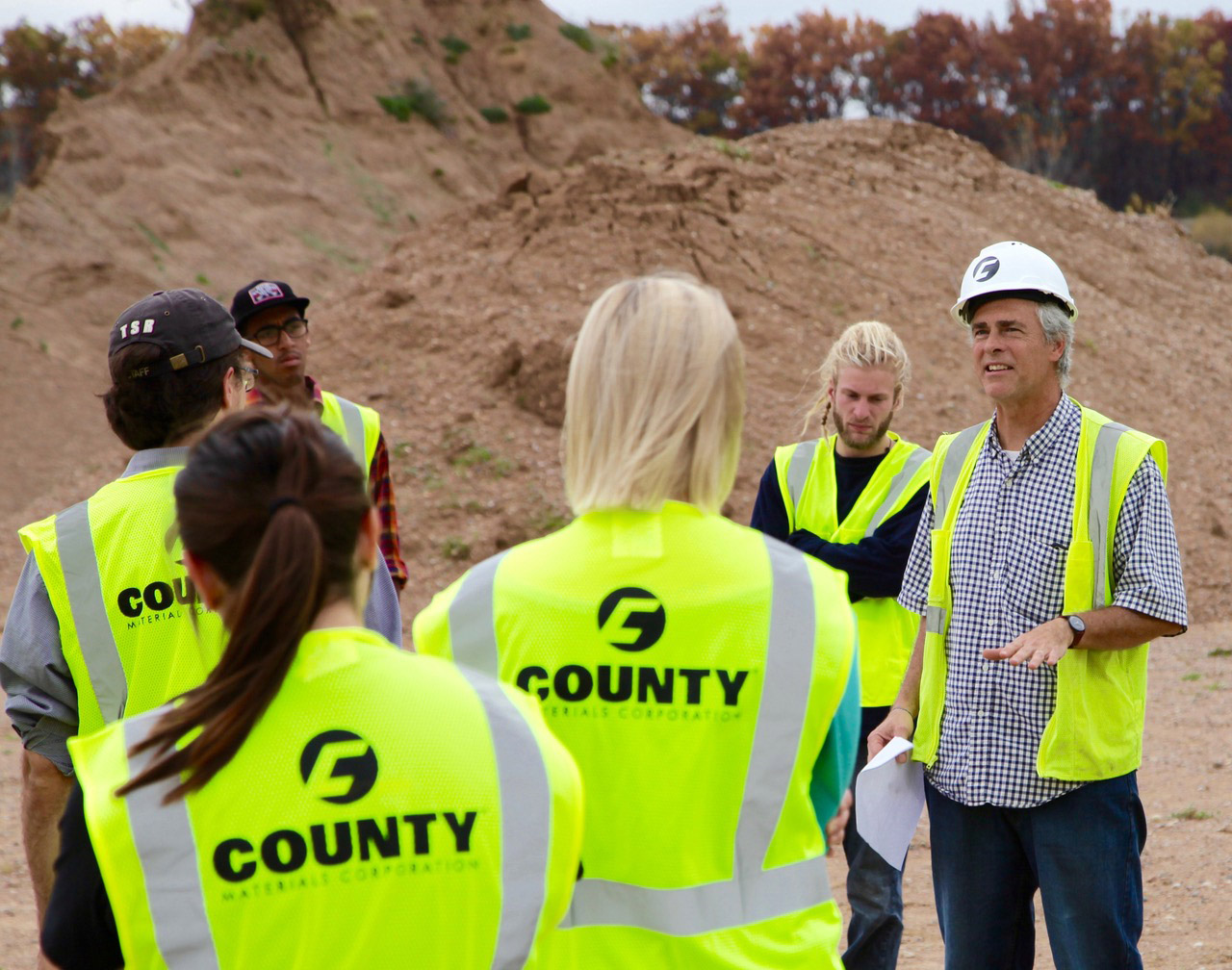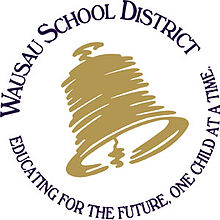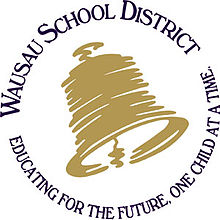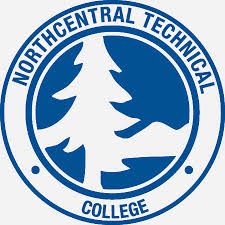UWSP students tour County Materials gravel quarry

Students from two University of Wisconsin Stevens Point classes left their classrooms to see first-hand the workings of natural resource mining and learn about local regulations, zoning issues, and reclamation processes. Students majoring in Natural Resource Planning met with County Materials’ Geologist Jim Small at the company’s aggregate quarry in Custer, Wis. The students came prepared with inquisitive minds, wanting to get the most out of this unique opportunity. Questions asked included how a company selects an area for resource management, how regulatory bodies such as OSHA and the Mine Safety and Health Administration work with companies, and what reclamation processes are used by County Materials.

Student Christopher Anderson felt the tour was very beneficial, and said, “I definitely think it was useful getting to see an aggregate mining operation in person, because it allowed us to visualize the scale. The geologist answered our questions and did a great job explaining what takes place in this type of operation and brought up the importance of building a lasting relationship with surrounding landowners.” Anderson also appreciated the company’s reclamation efforts, “I learned that reclamation plans are set up to restore the land, and County Materials is doing a great job. Parts of their landscape that has been restored is covered with vegetation and there is no erosion taking place.”
County Materials is a leading proponent of education in the construction industry and regularly offers learning opportunities to students who are interested in careers in the industry.
University Professor Anna Haines reached out to County Materials about the possibility of hosting a facility tour for her students and was pleased when the company quickly responded and accommodated her request. Professor Haines added, “It was great. The students benefited from seeing the scale of this type of operation. Fieldtrips are critical components of teaching. Classroom work is necessary to give context and background, while this fieldtrip provided them the reality.”

A highlight for many of the students was the insights into new technologies used to map the quarry and determine resource deposits. Small explained how he uses a drone to capture images of the company’s quarries and then imports the images into software to generate large 3D maps. Students viewed one large quarry map Small shared and quickly realized the unique perspective and benefits these large-scale images offer.
Brewster Johnson, another student who participated in the field trip, appreciated the variety of topics discussed and valuable experience the company provided him. He said, “Visiting County Materials’ gravel pit was an eye opening experience. By talking to their geologist, we were able to get insight into the process of sighting, mining, restoring, and determining end use. …Overall, the field trip was extremely constructive, especially because (they were) receptive to our questions and taught us about the industry.”




